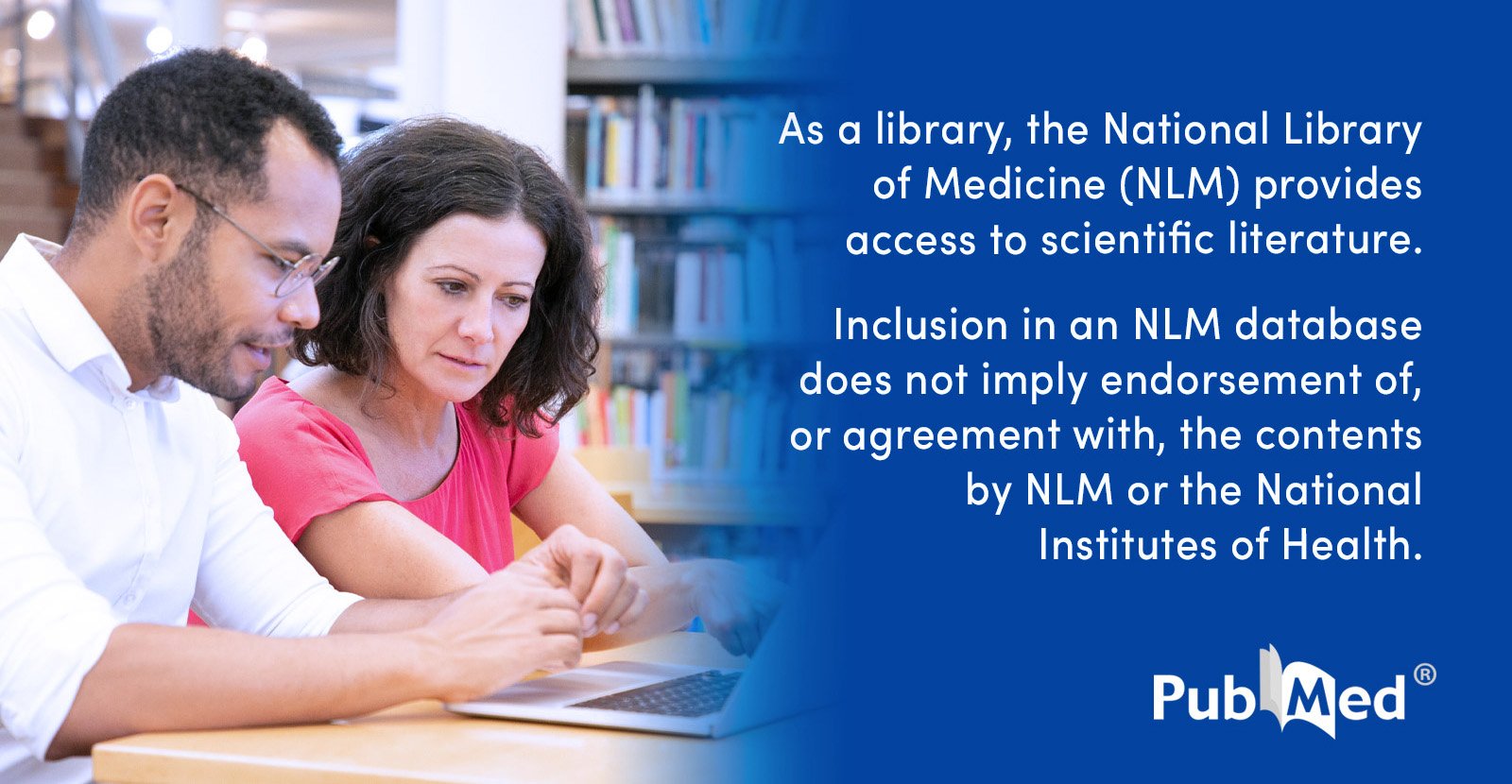- Joined
- Nov 21, 1998
- Messages
- 13,273
- Reaction score
- 7,911
J Family Med Prim Care. 2025 Jun;14(6):2180-2186.
doi: 10.4103/jfmpc.jfmpc_1206_24. Epub 2025 Jun 30.
Material and methods: Single-blind randomized control trial was conducted for 18 months. Patients satisfying the inclusion and exclusion criteria were enrolled from the indoor/outdoor facility of the Department of Physical Medicine and Rehabilitation, King George's Medical University (KGMU), Lucknow, India. The informed consent form was duly signed by all the enrolled patients, who were randomly assigned into two groups by the computer-generated system, A total of 85 study participants in this group I (43 patients) received 5 ml Platelet-Rich Plasma (PRP) and Group II (42 patients) received 5 ml of 25% hypertonic dextrose prolotherapy (Dextrose). To compare the effect in terms of reduction of pain, according to the Numeric pain rating scale (NPRS) and Pain/Discomfort, Walking and Activities of Daily Living (ADL) according to the Lequesne Knee Index (LKI) and assessment of each patient was done at specified period, i.e., 0 weeks (Baseline means immediately before intervention), and 6 weeks after the intervention.
Result: Overall, the baseline to 6 weeks change of LKI-Pain in group I (PRP) was significantly more than the group II (DEXTROSE) (P < 0.001). On considering the parameter of LKI-Pain at baseline and 6 weeks for PRP and Dextrose, it was found that in Group I, the mean ± SD reduced more at 6 weeks from 4.81 ± 1.55 to 2.44 ± 1.76 as compared to participants in Group II with 4.83 ± 1.17 at baseline to 6 weeks 3.64 ± 0.98, LKI-Activities of Daily Living (ADL) for group I PRP the Mean ± SD score dropped more from 4.66 ± 1.40 to 2.95 ± 1.35 whereas for group II Dextrose the Mean ± SD score dropped from 4.68 ± 1.40 to 3.65 ± 1.51 at baseline and 6 week respectively and At baseline, the mean LKI-Total score in group I was 12.85 ± 3.59 while in group II the mean score was 13.11 ± 3.15. At 6 weeks, the mean LKI-Total score in group I was 7.63 ± 3.85; in group II the mean score was 10.11 ± 2.93. A significant difference was found in the mean LKI-Total score between the groups at 6 weeks (P = 0.001) and found to be lesser in group I.
Conclusion: It could thus be concluded that on considering the effect of platelet-rich plasma and 25% hypertonic dextrose prolotherapy in patients with knee osteoarthritis, significant improvement was seen in participants administered with both platelet-rich plasma and dextrose with the higher effect being with platelet-rich plasma.
Keywords: Knee osteoarthritis; platelet-rich plasma (PRP); prolotherapy.
Copyright: © 2025 Journal of Family Medicine and Primary Care.
PubMed Disclaimer
doi: 10.4103/jfmpc.jfmpc_1206_24. Epub 2025 Jun 30.
The comparative effects of injecting intra-articular platelet-rich plasma and hypertonic dextrose prolotherapy in osteoarthritis knee - A randomized control trial
- PMID: 40726676
- PMCID: PMC12296247
- DOI: 10.4103/jfmpc.jfmpc_1206_24
Abstract
Introduction: Knee osteoarthritis is an age-dependent disease caused by degenerative and healing processes in subchondral tissue of articular and bone cartilage, resulting in changes of its biochemical properties that eventually causes pain, stiffness, and decreased articular function. Therefore, this study aims to compare the effectiveness of platlet-rich plasma (PRP) therapy and 25% hypertonic dextrose (Dextrose) prolotherapy in patients with knee osteoarthritis.Material and methods: Single-blind randomized control trial was conducted for 18 months. Patients satisfying the inclusion and exclusion criteria were enrolled from the indoor/outdoor facility of the Department of Physical Medicine and Rehabilitation, King George's Medical University (KGMU), Lucknow, India. The informed consent form was duly signed by all the enrolled patients, who were randomly assigned into two groups by the computer-generated system, A total of 85 study participants in this group I (43 patients) received 5 ml Platelet-Rich Plasma (PRP) and Group II (42 patients) received 5 ml of 25% hypertonic dextrose prolotherapy (Dextrose). To compare the effect in terms of reduction of pain, according to the Numeric pain rating scale (NPRS) and Pain/Discomfort, Walking and Activities of Daily Living (ADL) according to the Lequesne Knee Index (LKI) and assessment of each patient was done at specified period, i.e., 0 weeks (Baseline means immediately before intervention), and 6 weeks after the intervention.
Result: Overall, the baseline to 6 weeks change of LKI-Pain in group I (PRP) was significantly more than the group II (DEXTROSE) (P < 0.001). On considering the parameter of LKI-Pain at baseline and 6 weeks for PRP and Dextrose, it was found that in Group I, the mean ± SD reduced more at 6 weeks from 4.81 ± 1.55 to 2.44 ± 1.76 as compared to participants in Group II with 4.83 ± 1.17 at baseline to 6 weeks 3.64 ± 0.98, LKI-Activities of Daily Living (ADL) for group I PRP the Mean ± SD score dropped more from 4.66 ± 1.40 to 2.95 ± 1.35 whereas for group II Dextrose the Mean ± SD score dropped from 4.68 ± 1.40 to 3.65 ± 1.51 at baseline and 6 week respectively and At baseline, the mean LKI-Total score in group I was 12.85 ± 3.59 while in group II the mean score was 13.11 ± 3.15. At 6 weeks, the mean LKI-Total score in group I was 7.63 ± 3.85; in group II the mean score was 10.11 ± 2.93. A significant difference was found in the mean LKI-Total score between the groups at 6 weeks (P = 0.001) and found to be lesser in group I.
Conclusion: It could thus be concluded that on considering the effect of platelet-rich plasma and 25% hypertonic dextrose prolotherapy in patients with knee osteoarthritis, significant improvement was seen in participants administered with both platelet-rich plasma and dextrose with the higher effect being with platelet-rich plasma.
Keywords: Knee osteoarthritis; platelet-rich plasma (PRP); prolotherapy.
Copyright: © 2025 Journal of Family Medicine and Primary Care.
PubMed Disclaimer


